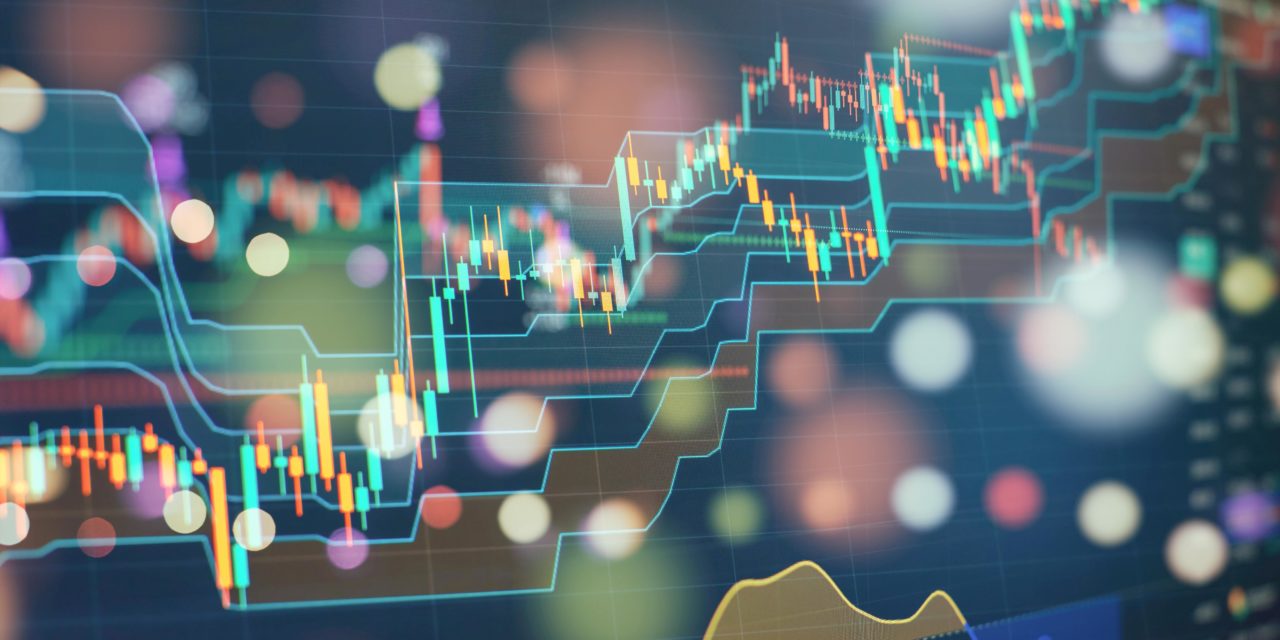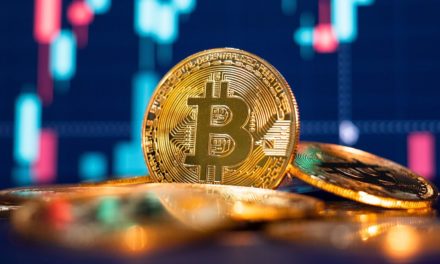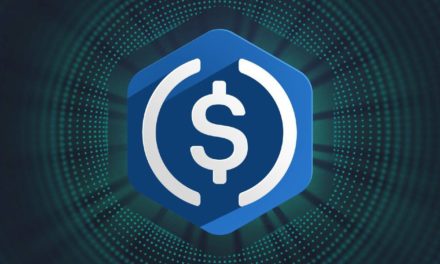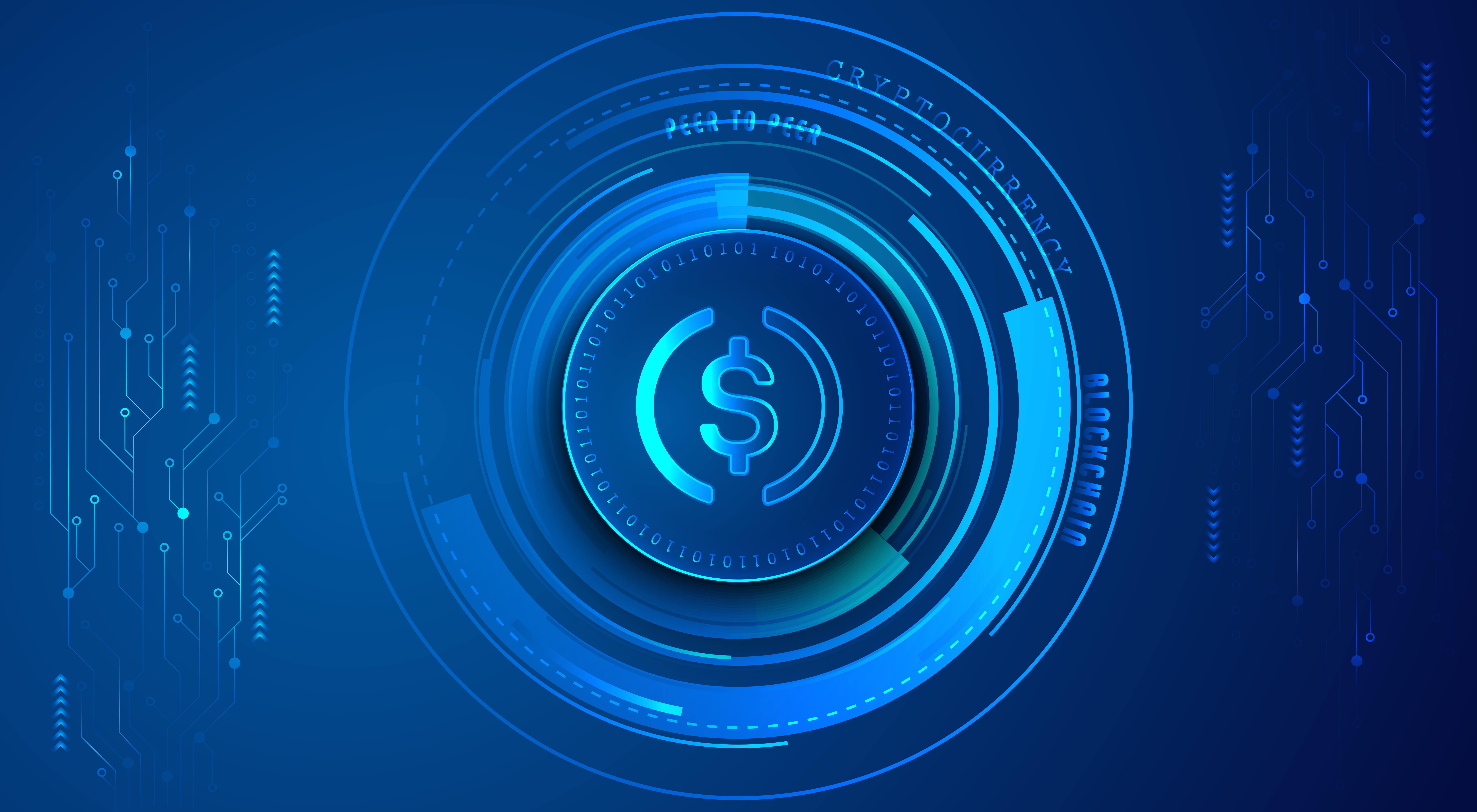There are so many terminologies to catch up with in the crypto community and one that you might hear being mentioned a lot is crypto trading. What does it mean? First, let’s dig deep. There are two words; crypto and trading. Crypto here means cryptocurrency so let’s find out what that means.
What is a Cryptocurrency?
A cryptocurrency is a decentralized digital or virtual currency that is secured by cryptography. Just like physical money that you can take to the supermarket and pay for products you need, you can use cryptocurrencies to make digital payments and carry out financial transactions.
Cryptocurrencies are decentralized because there is no central regulatory or issuing authority like the traditional banks and other financial institutions behind them. Their transactions are recorded in a public ledger, duplicated and distributed across a network of computers. Each transaction is shared publicly, therefore anyone can see it. That way, transactions can’t be reversed or manipulated as it is impossible for a hacker get into each one of the thousands of computers the ledger of the transactions is stored on.
Cryptography is a technical procedure that enables encrypted messages to be transmitted from sender to receiver. The receiver decrypts the message with encryption keys to access the content. It’s like communicating to someone and not wanting others to understand except the person you are communicating to. You talk to them in a language that isn’t general and they have a translator that can help them interpret.
The first cryptocurrency was Bitcoin which was followed by Ethereum, Litecoin, Ripple, and Dogecoin and since then thousands of cryptocurrencies have been launched.
Crypto trading
Crypto trading essentially is the process of buying cryptocurrency and selling it at a higher value for gain. Crypto traders typically buy cryptocurrencies, hoping their price will go higher than they bought in the future so they can sell and make profit.
Each cryptocurrency has a price, however, this price isn’t fixed. The price of a cryptocurrency can increase by 1000% in one day. It can also lose 99% in value just as fast. This is why cryptocurrency is volatile. Even though crypto trading can be highly profitable, it can also be just as loss-making.
Some of the factors that lead to the volatility of crypto and cause its constant fluctuations can be sentiments and media, integration, supply and demand, government regulations, etc. When there are more people buying a cryptocurrency, the price increases but when there are more people selling, the price reduces.
Some of the factors listed earlier make traders sell their coins or decide to buy. If there is bad sentiment or news about a coin, people often panic sell, causing the price to reduce drastically.
How to get started
To get started with crypto trading, you have to buy cryptocurrency and one of the most popular ways is through an exchange. An exchange is a platform where people can trade cryptocurrencies for a fee. When you sign up to an exchange, you can exchange your fiat money for its value in the cryptocurrency of your choice amongst the list of coins the exchange offers. Fiat means currencies that aren’t crypto like dollar and pound.
After buying the cryptocurrency, you can proceed to perform crypto to crypto trades. This means trading your current crypto for another. An example would be trading your Bitcoin for its Litecoin worth or multiple cryptocurrencies.
In many cases, you will be unable to buy some cryptocurrency directly with your fiat money. You have to buy a stable coin first, and buy your choice cryptocurrency with the stable coin. Stable coins are like the fiat of cryptocurrency. Their price is quite stable and doesn’t fluctuate like other cryptocurrency. An example of a stable coin is Tether (USDT).
Crypto wallet
Since cryptocurrency is digital money and can’t be seen or held physically, how do you assert ownership of it? A crypto wallet is an online wallet that stores the public and private keys of your cryptocurrency. The public key is your wallet address which can be likened to an account number.
Your private key is the access to your cryptocurrency. It’s like the password that makes your crypto assets available to you. Anyone with it has access to your funds and without it, you can’t assess your funds. So you see, he who holds the private keys owns the cryptocurrency.
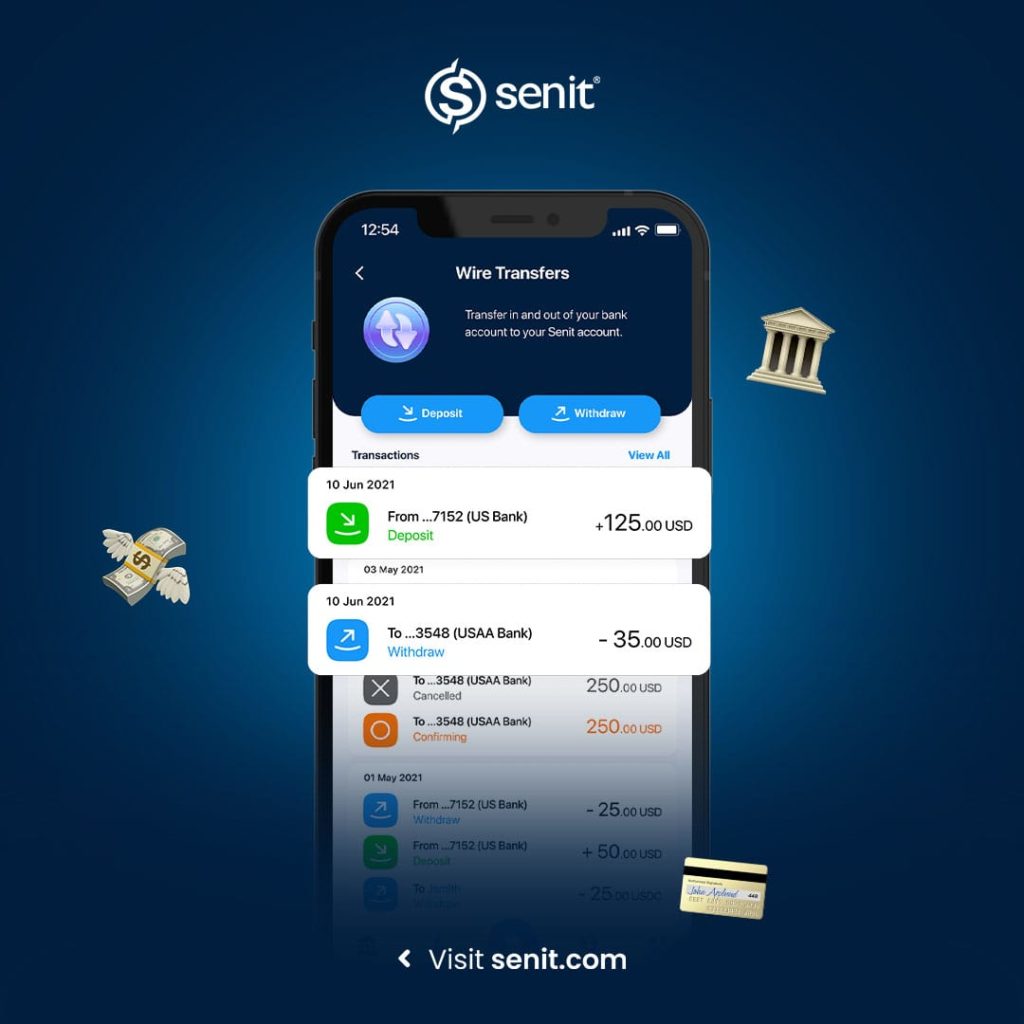
Crypto trading strategies
Crypto traders have a lot of strategies that guide them on which cryptocurrency to buy, how many percent of their portfolio it should be, when to sell, etc. A crypto portfolio is a breakdown of all the cryptocurrency and assets you own. It lets you monitor your investment, and keep track of how they are performing. Let’s take a look at some of the general strategies.
Technical analysis: Remember, the price of crypto goes up and down so the goal is to buy at the lowest level possible. Technical analysis involves the use of mathematical indicators and charts to predict future trends. The chart is guided by previous price movements. Some of these technical indicators are Candlestick Charts, Moving Averages, Trend Lines, Relative Strength Index, etc. it’s important to understand that this is a prediction. While it can closely predict future trends, it can also absolutely fail.
Dollar-Cost Averaging (DCA): This strategy involves buying the cryptocurrency gradually over time instead of in a lump, thereby taking advantage of the price fluctuation in the market. Instead of buying $1500 worth of ether at once, a crypto trader trying to DCA may buy $400 worth first, $500 next, and $600 worth finally. The goal is to make some gain if the price of ether goes lower than the first buy of $400.
Following Sentiments: There are crypto traders who make investments based on what the sentiment is. When there’s good PR about a coin and it is trending for positive reasons, these traders buy hoping that others will FOMO too, thereby increasing the supply. An increased supply means the cryptocurrency will moon i.e increase in value. FOMO (Fear of Missing Out) means that people emotionally buy coins when markets are rising fast.
FUD is the exact opposite. It stands for fear, uncertainty and doubt and it essentially represents negative sentiments about crypto that typically makes people sell, reducing the demand and value of the coin.
Liquidity: is a term used to describe the demand and supply of cryptocurrencies in the market and the frequency sales are made. High liquidity signifies that the cryptocurrency in the market is bought and sold quickly before a significant change in price. Some traders will focus on buying coins with high liquidity as there’s a higher chance to sell quickly.
Day Trading: This strategy is adopted when traders buy and sell cryptocurrency in one day, thereby taking advantage of the daily price movement. This strategy is fast-paced and is better suited for cryptocurrency experts.
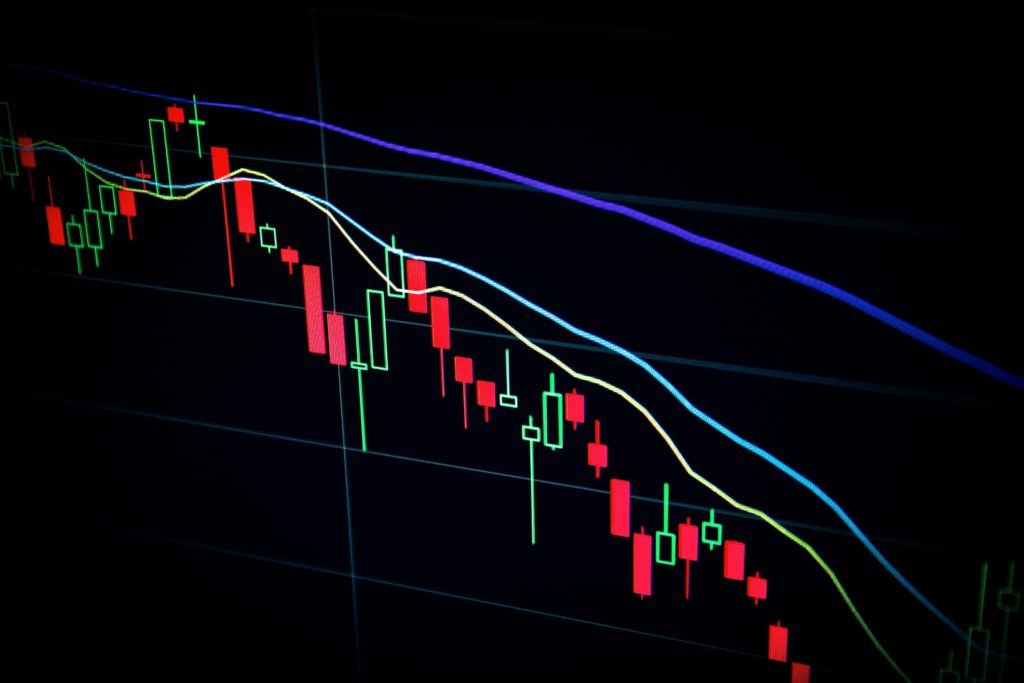
There are other strategies that help traders determine crypto to trade and how. Some check the market cap of the cryptocurrency, and research the project to find out more about its technical background before making a decision. There are also those who join paid groups where an expert who has done their research and is knowledgeable about cryptocurrency makes calls i.e advises them on coins to buy, how long to hold i.e keep in their portfolio, and when to sell and take profit.
While these strategies won’t always be right, it helps traders make guided decisions and reduce risks as much as they can. Remember, don’t invest in any cryptocurrency without researching and doing your due diligence. Never invest more than you can afford to lose.
